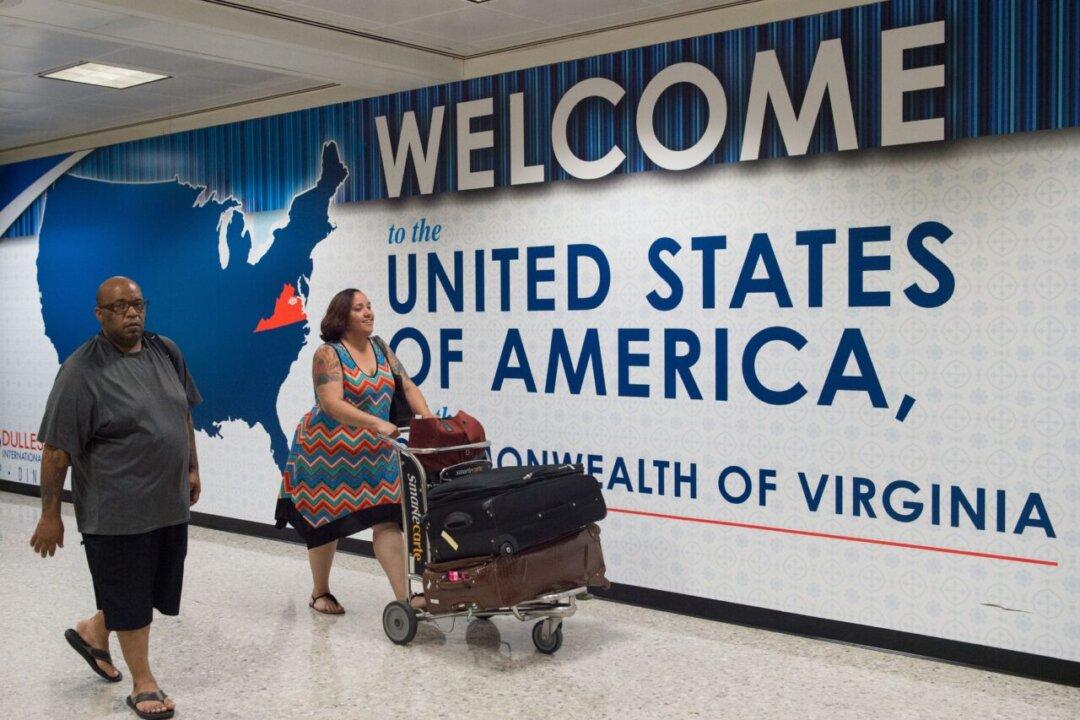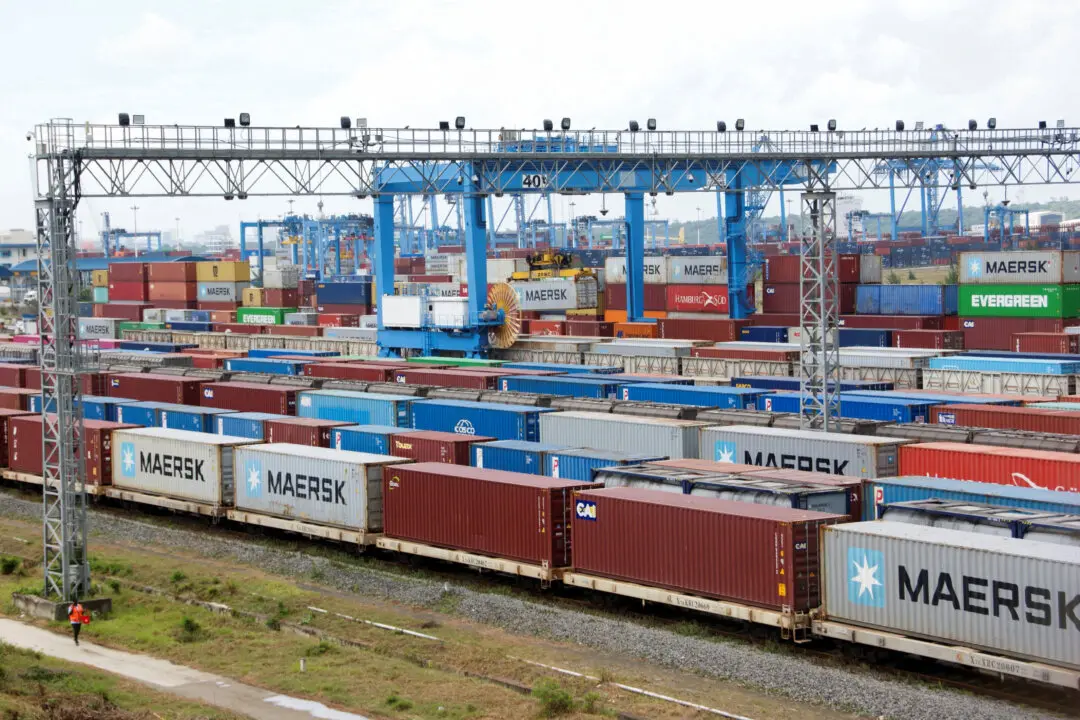The United States launched a third “development flight test” of the B61-12, a newly upgraded nuclear gravity bomb, the National Nuclear Security Administration said in a news release.
The B61 nuclear gravity bomb is among the primary thermonuclear weapons in the U.S. arsenal. The first B61 was developed in the 1960s, but the B61-12 is a new variant, which has a yield of about 50 kilotons. It’s tiny compared to the largest nuke that United States has, which has a yield of around 1,200 kilotons.

A F-15E fighter jet is seen dropping a test B61-12 nuclear gravity bomb in Nevada on Oct. 20, 2015. nnsa.energy.gov




